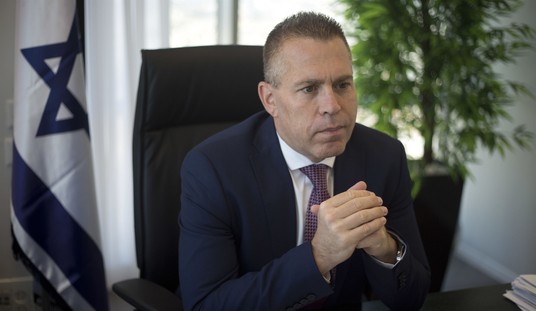WASHINGTON -- President Obama's unofficial pardon of Philadelphia Eagles quarterback Michael Vick was a fleeting story highlighting a durable problem.
According to owner Jeffrey Lurie, Obama phoned to praise the Eagles for giving Vick a "second chance." "He said," according to Lurie, "'It's never a level playing field for prisoners when they get out of jail.'"
That field is more level when trod by millionaire athletes, particularly those who throw 20 touchdowns in a season. But though Vick is not representative, he is symbolic.
During the last few decades, America has engaged in a massive experiment in routine imprisonment. From 1975 to 1999, by one estimate, the criminal justice system grew five times more punitive. A nation with 5 percent of the world's population now has about a quarter of the world's prison population -- well over 2 million people.
It has had the intended effect. At least a portion of the sharp reduction in violent crime during the 1990s can be traced to the isolation of habitual offenders for longer periods. (The increased size and skill of police forces and the subsiding of the crack cocaine epidemic also played roles.)
But other consequences were unintended -- the growth in single-parent households, in the number of children with one or both parents in prison, in the universality of the incarceration among some groups, particularly poorly educated African-American and Hispanic men. The incarceration rate for African-American male high school dropouts is nearly 50 times the national average. And the inevitable result of mass imprisonment is mass return. About 700,000 former inmates come back to communities each year, with considerably dimmer prospects than Michael Vick.
Recommended
Criminal justice experts argue about the effect of race and class on rates of incarceration. But one racially charged fact is clear enough: If such incarceration rates prevailed among middle-class youth, it would be a crisis rather than a curiosity.
The most effective responses are also the most daunting. Crime prevention, in the long run, is youth development. The alternative to cultivating the next generation is fearing it. Children, as one would expect, do better in life when they have not been poisoned by lead paint, abandoned by parents or betrayed by failed schools. There is promise in encouraging preschool attendance, providing mentors for the fatherless, demanding competent teachers, rewarding high school completion and making street gangs less attractive.
Such policies, while essential, don't seem sufficiently urgent -- like recommending exercise and vitamins for a cerebral hemorrhage. So states are searching for better ways to sort their criminal population -- to distinguish between the predatory who require prison and the nonviolent who need something else. They are questioning mandatory minimums, experimenting with alternative sentencing and creating drug courts that give priority to treatment. There is less creativity, but equal need, on the reintegration of ex-prisoners -- providing transitional work programs, addressing addiction and mental health issues, removing unnecessary barriers to employment and housing. It is never a level playing field for prisoners when they get out of jail.
Preventing crime and reducing recidivism are among the most difficult social policy challenges. Gains come slowly and tend to be incremental. But such efforts are also the practical demonstration of a defining national principle: While human beings are capable of great horrors that merit justice, they do not become trash to be thrown away. Even the least sympathetic -- heroin addicts and jailed criminals and gang members -- remain part of the American community, the human community. And their very lack of sympathy tests our commitment to that ideal.
Obama's instinct on this issue is entirely correct -- and he should run with it. The president has exhausted the nation with grand reforms. Perhaps instead of the reconstitution of American society, he could focus on the amelioration of some specific needs. Other presidents have done the same, to their great credit. George H.W. Bush pushed for the Americans with Disabilities Act, making our laws and sidewalks more welcoming. Bill Clinton expanded the earned-income tax credit; George W. Bush fought global AIDS.
Guiding children away from crime and disrupting the cycle of recidivism fall into a similar category. When an important moral cause lacks a potent political constituency, only the president can unite the nation to address it. It is the power, and burden, of executive leadership.
America is the nation of the second chance. Or at least it should be.

























Join the conversation as a VIP Member